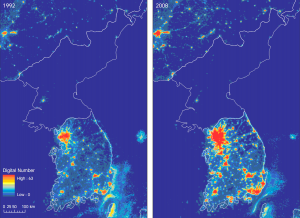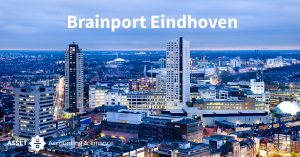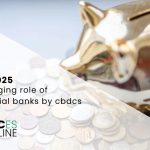Economists usually use gross domestic product (GDP) as an indicator of the size of an economy. It displays the monetary value of all goods and services produced within a country. Changes in GDP from one year to the other may reflect economic growth. However, in emerging countries, GDP is often measured in an imperfect manner. Many activities are carried out in the informal sector and therefore not measured in GDP. The volatility in prices makes the calculation of real GDP difficult and governments sometimes lack the necessary resources (such as computer systems and legislation) to measure GDP adequately.
A different and very creative way to measure the size and growth of an economy is by looking at the light intensity at night from outer space. This light is produced by lampposts, cars, homes and factories. A higher degree of intensity implies a greater extent of economic activity. This light intensity is observed from outer space by satellites and subsequently calculated per square kilometre. Research has shown that light intensity is a good proxy for the calculation of economic activity and growth, and displays large comparison with GDP.

“Satellites fly as many as 14 times a day around the earth while information on GDP is often only available quarterly.”
The usage of light intensity has many advantages. It enables economists to study economic activity in different regions of a country separately, such as in a city or county. In addition, it creates the possibility to study economic growth in different geographical regions. Think for example of differences in growth in coastal areas and mountainous areas. Finally, data on light intensity is available on a much more frequent basis. Satellites fly as many as 14 times a day around the earth while information on GDP is often only available quarterly.
An interesting and striking example of major differences in economic activity appears from a comparison between North and South Korea. The figure below shows that there has been little or no economic growth in North Korea, while South Korea has become more prosperous in the period 1992-2008. Differences in light intensity at night make this divergence easily observable.

Source:
Henderson, J., Storeygard, A., & Weil, D. (2012). Measuring Economic Growth from Outer Space. American Economic Review, 102(2), 994-1028.
The images in this article have been retrieved from: http://www.nyudri.org/aidwatcharchive/2011/01/cool-maps-measuring-growth-from-outer-space














